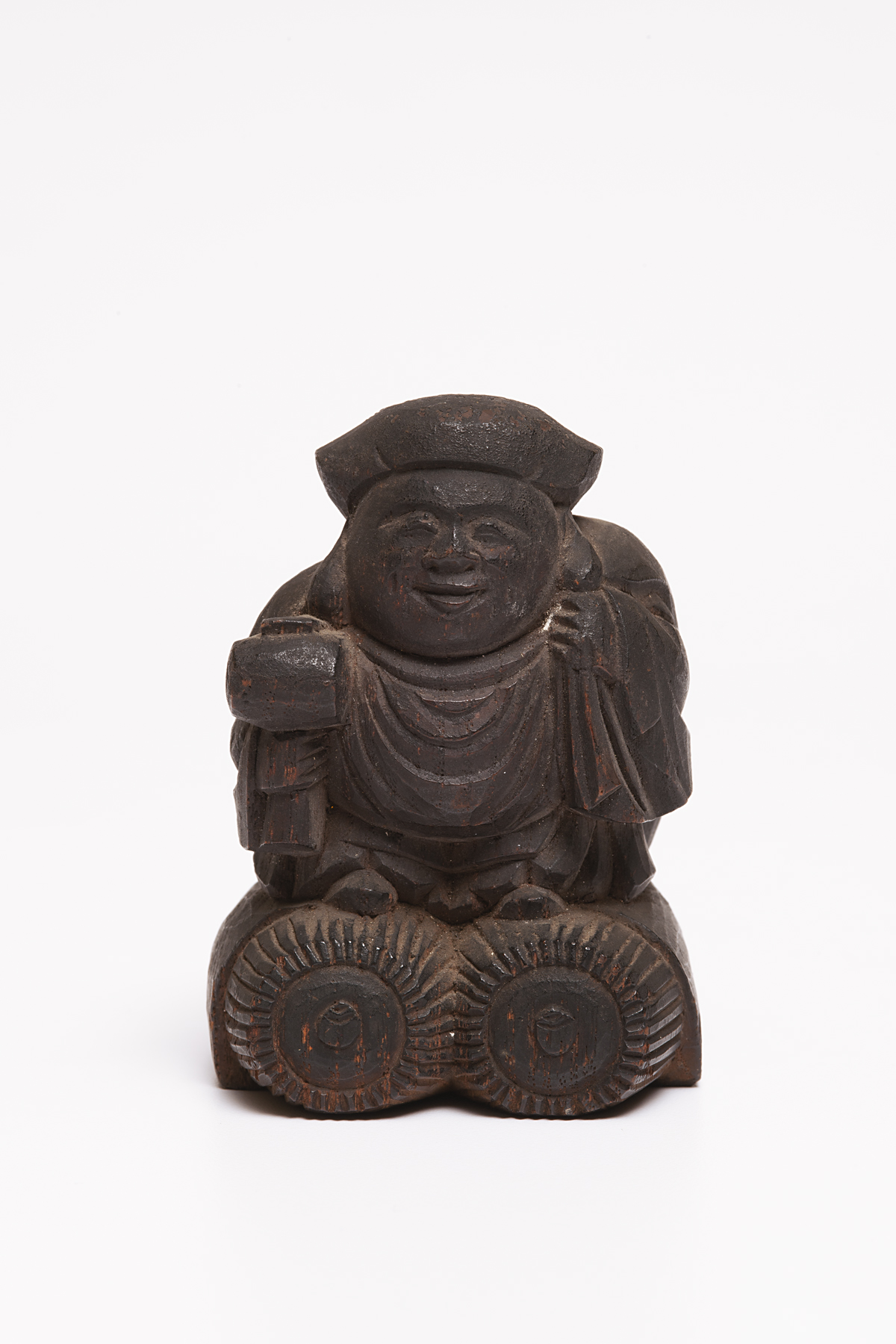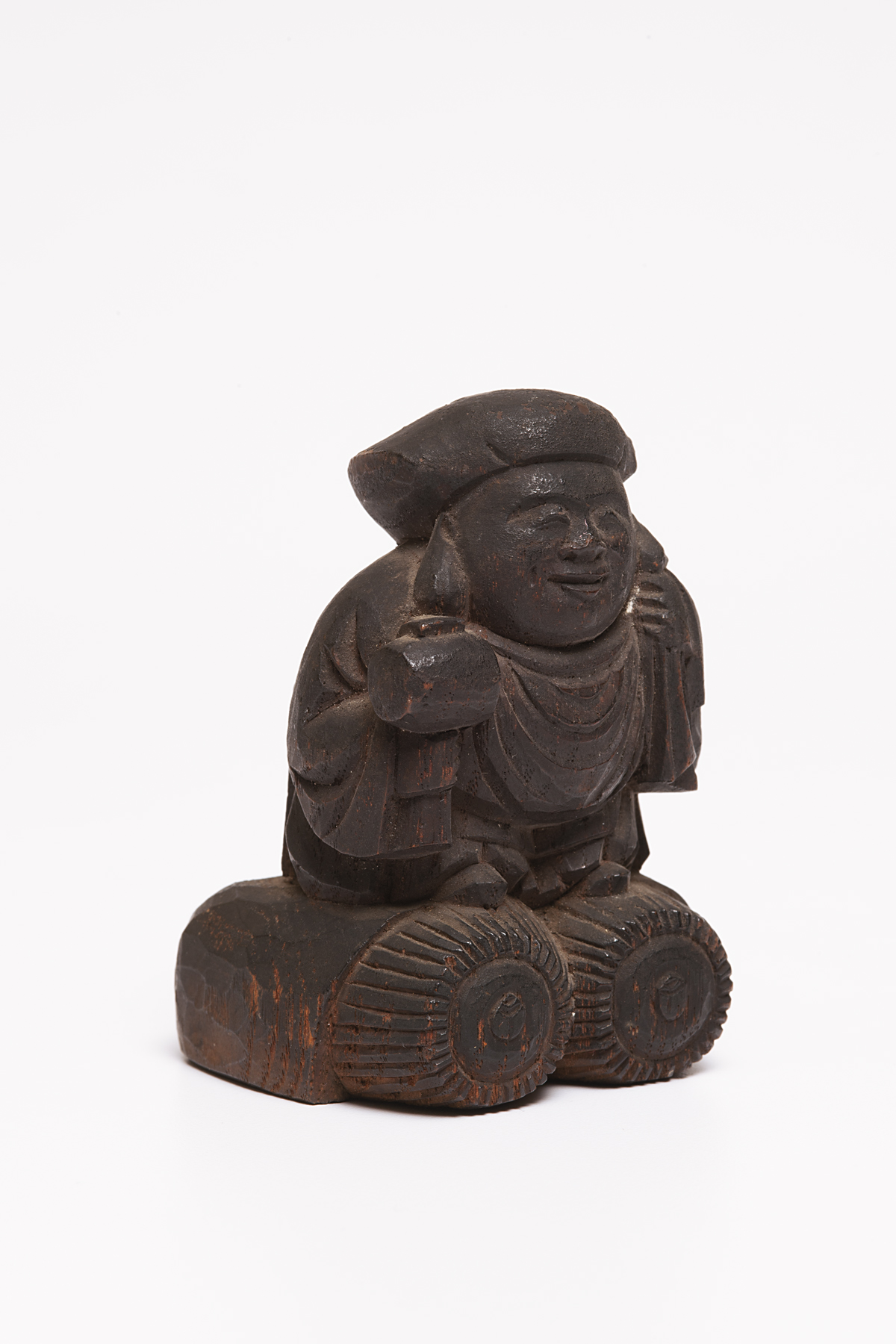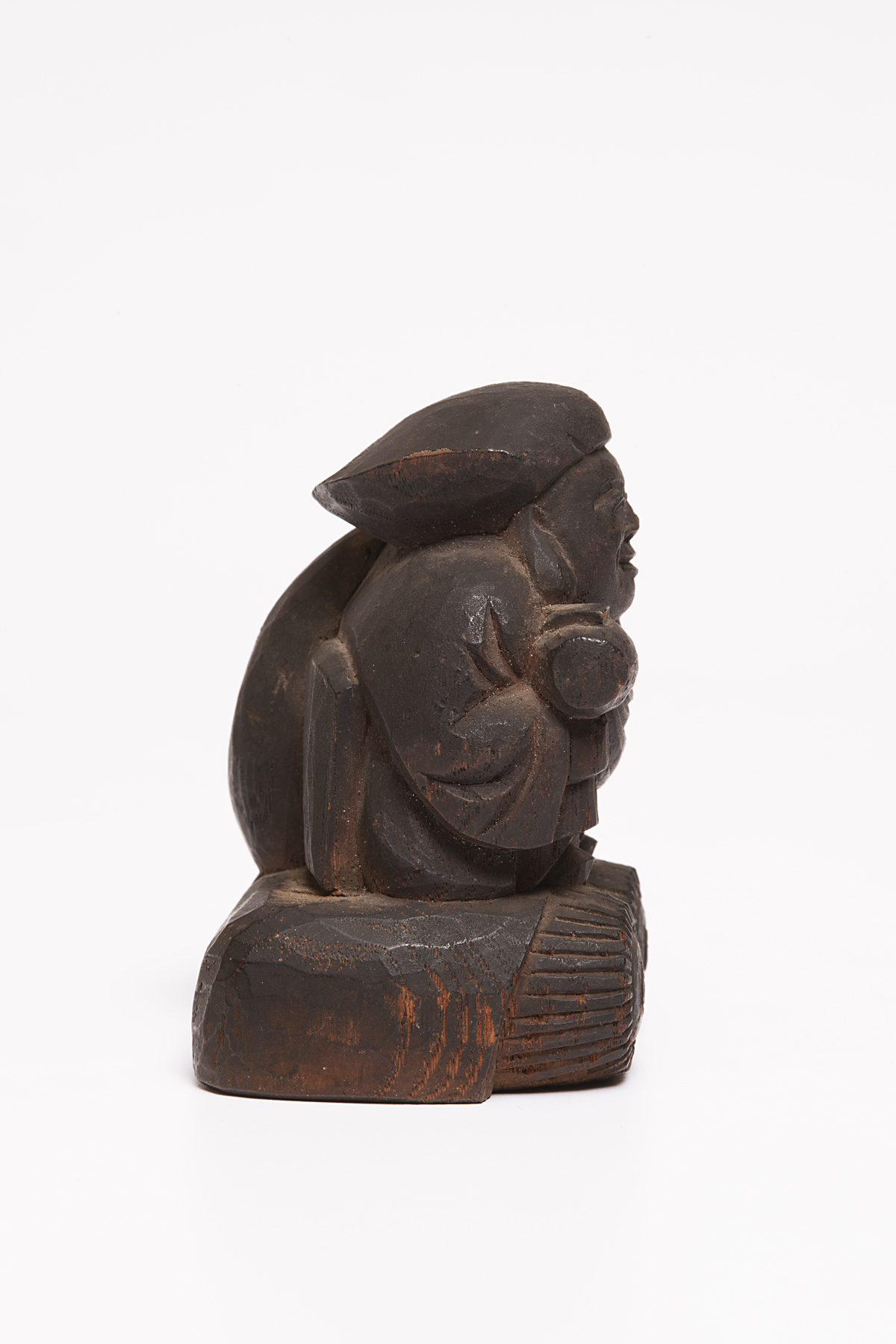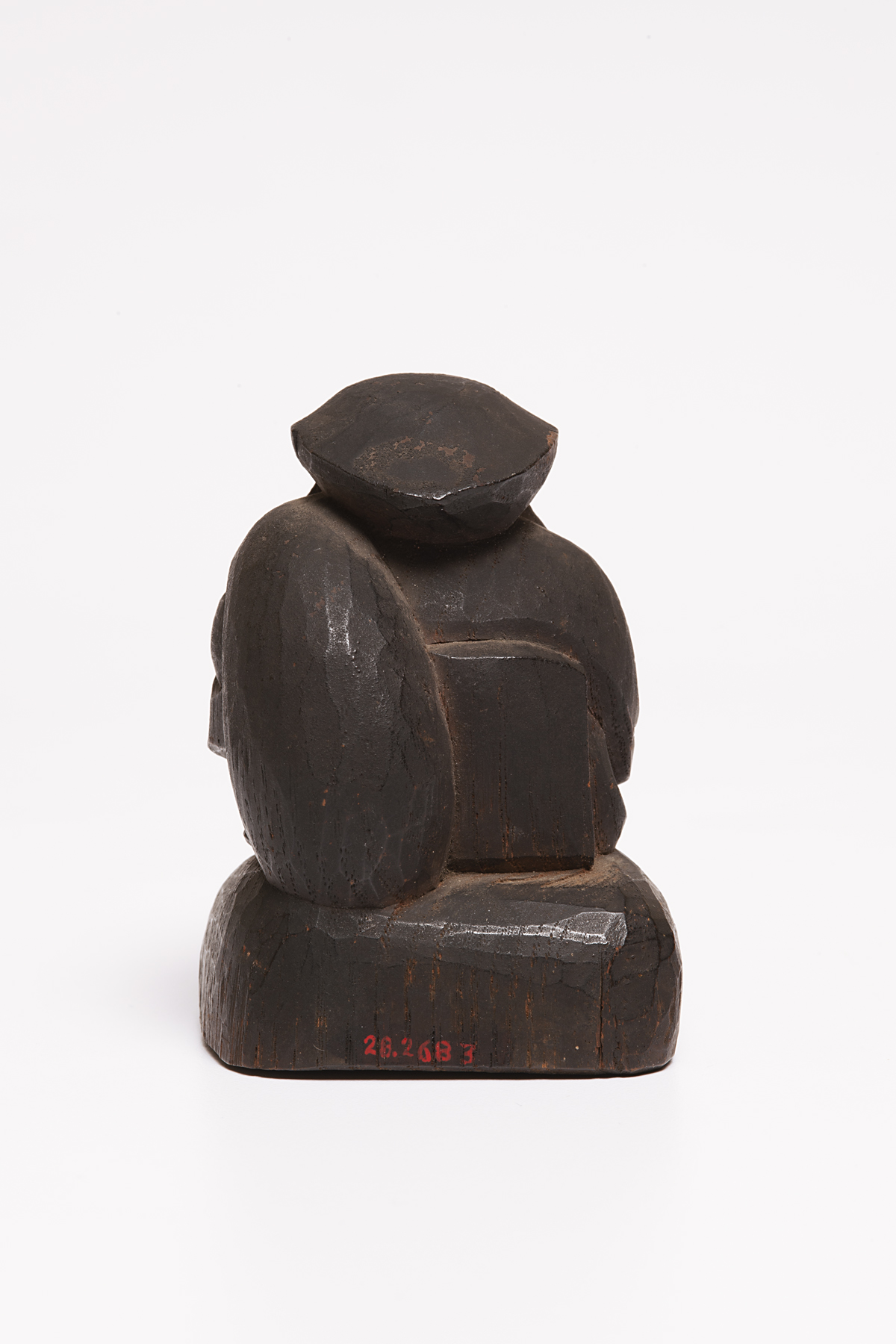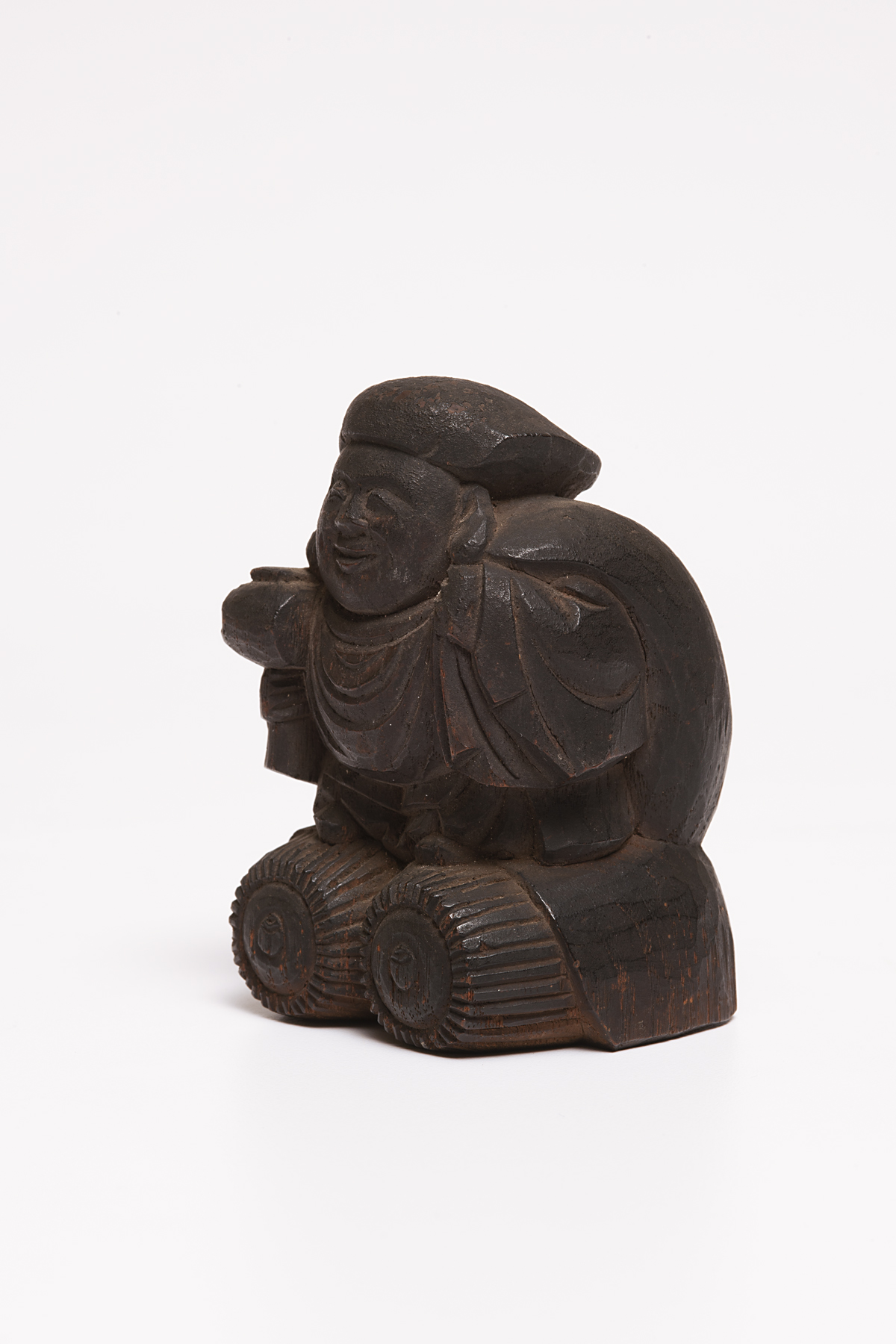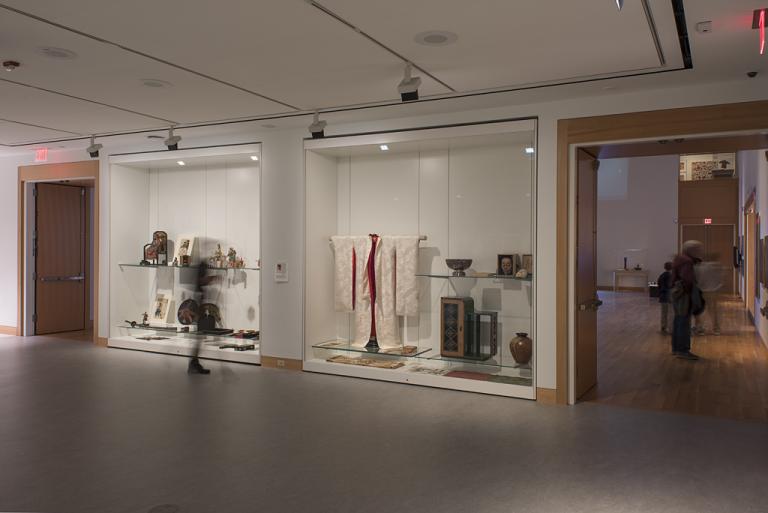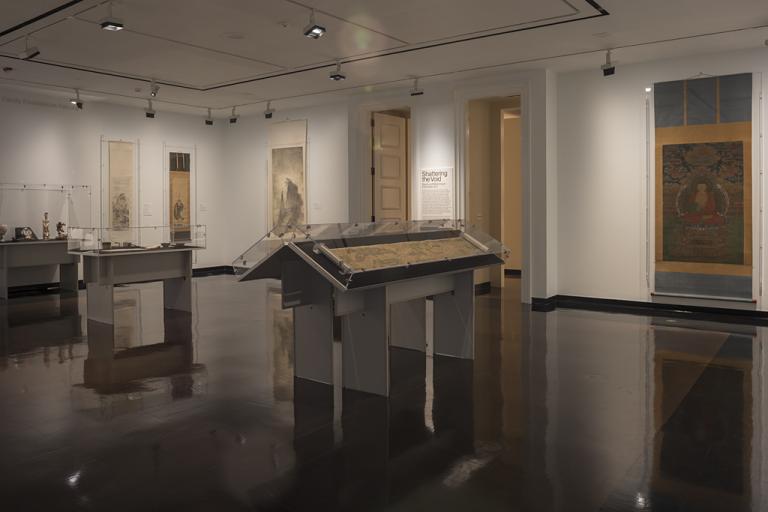Daikoku, unknown maker from Japan
Artwork Overview
Daikoku
, early 1900s, Meiji period (1868–1912)
Where object was made: Japan
Material/technique: wood
Dimensions:
Object Height/Width/Depth (Height x Width x Depth): 10.5 x 7 x 7.5 cm
Object Height/Width/Depth (Height x Width x Depth): 4 1/8 x 2 3/4 x 2 15/16 in
Object Height/Width/Depth (Height x Width x Depth): 10.5 x 7 x 7.5 cm
Object Height/Width/Depth (Height x Width x Depth): 4 1/8 x 2 3/4 x 2 15/16 in
Credit line: William Bridges Thayer Memorial
Accession number: 1928.2683
Not on display
If you wish to reproduce this image, please submit an image request
